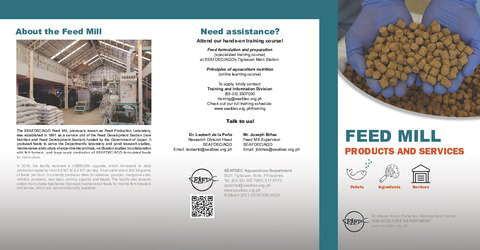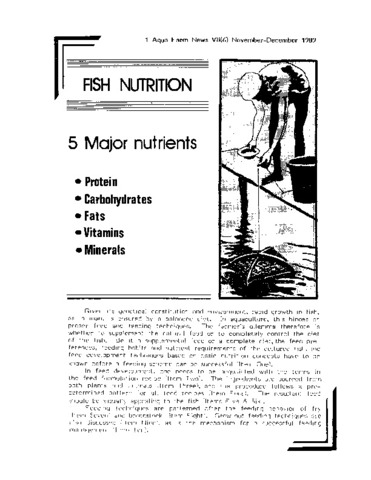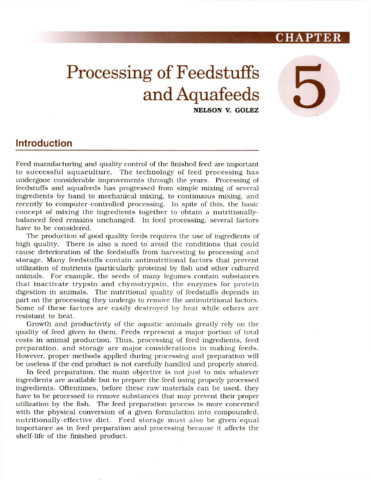Feed mill: Products and services

ရှာဖွေ/ဖွင့်ပါ။
ရက်စွဲ
2021-02Page views
1,003
Share
ဖော်ပြချက်
The SEAFDEC/AQD Feed Mill, previously known as Feed Production Laboratory, was established in 1991 as a service unit of the Feed Development Section (now Nutrition and Feed Development Section) funded by the Government of Japan. It produced feeds to serve the Department’s laboratory and pond research studies, maintenance and culture of experimental animals, verification studies in collaboration with fish farmers, and large-scale production of SEAFDEC/AQD-formulated feeds for mariculture.
In 2019, the facility received a US$60,000 upgrade, which increased its daily production capacity from 0.5 MT to 2.6 MT per day. It can yield about 300 kilograms of feeds per hour. It currently produces diets for abalone, grouper, mangrove crab, milkfish, pompano, sea bass, shrimp, siganid, and tilapia. The facility also accepts orders from private hatcheries that need maintenance feeds for marine fish breeders and larvae, which are not commercially available.
Suggested Citation
SEAFDEC Aquaculture Department. (2021). Feed mill: Products and services [Brochure]. Tigbauan, Iloilo, Philippines: Author.
ဘာသာရပ်
စုစည်းမှုများ စုစည်းမှုများ
Related items
Showing items related by title, author, creator and subject.
-
Fish nutrition
Carreon-Lagoc, Julia; Southeast Asian Fisheries Development Center, Aquaculture Department (Aquaculture Department, Southeast Asian Fisheries Development Center, 1989) -
Management of feeding aquaculture species
Alava, Veronica R. (Aquaculture Department, Southeast Asian Fisheries Development Center, 2002)This chapter teaches the reader to: differentiate the different feeding strategies in pond culture; learn feeding management methods such as stock sampling and record keeping, calculating daily feed ration, choosing ... -
Processing of feedstuffs and aquafeeds
Golez, Nelson V. (Aquaculture Department, Southeast Asian Fisheries Development Center, 2002)This chapter will help the reader understand and appreciate the basic principles of processing, preparation, storage, and quality control in the preparation of aquafeeds. The material in this section is presented in sequence ...




